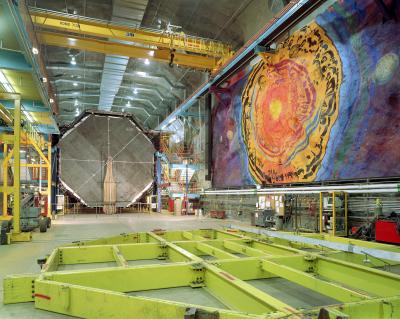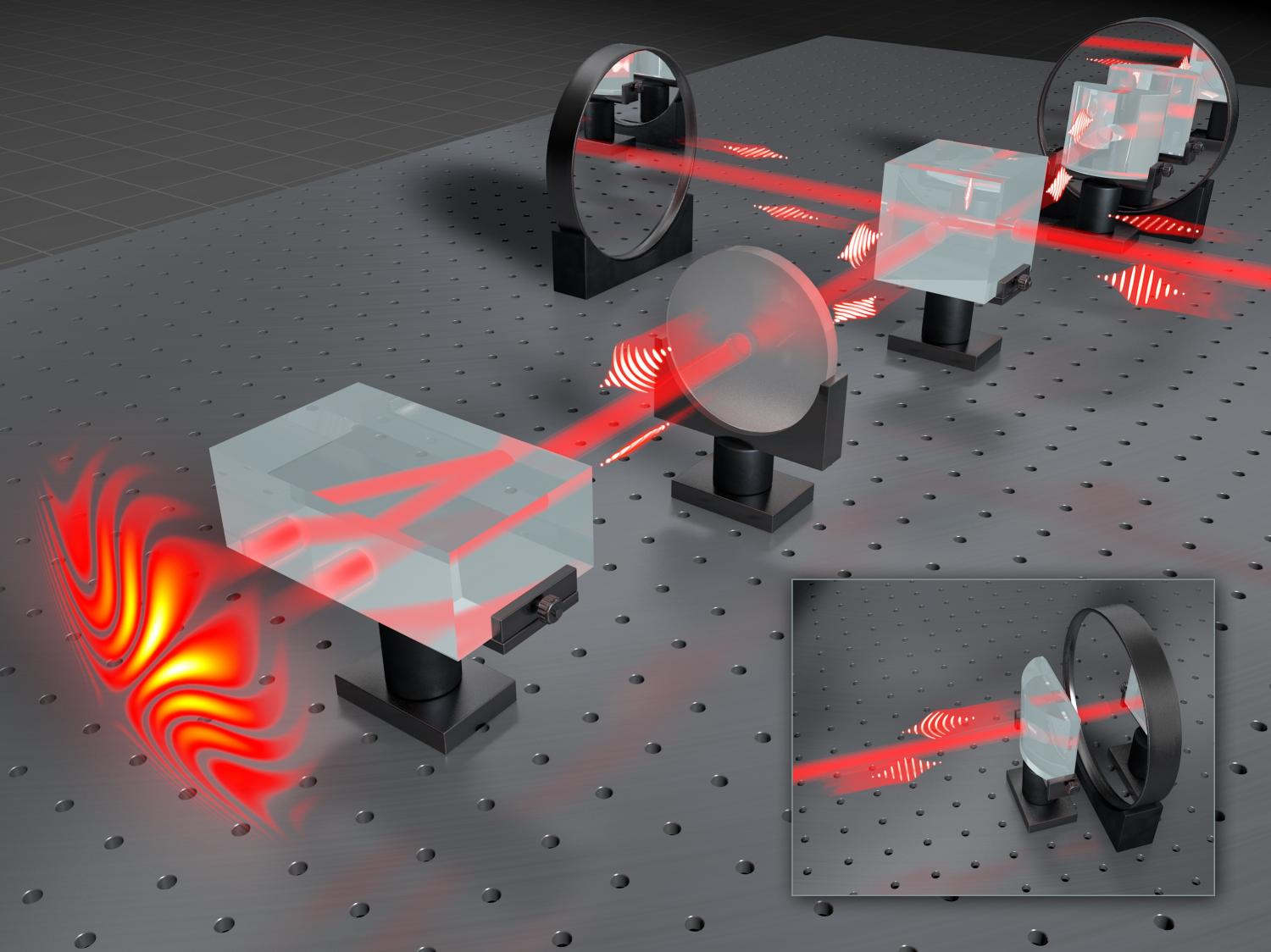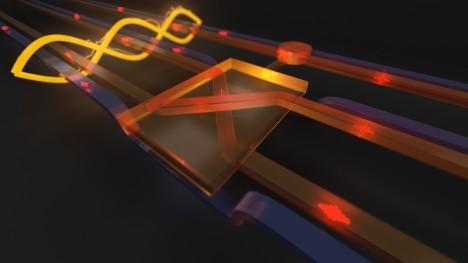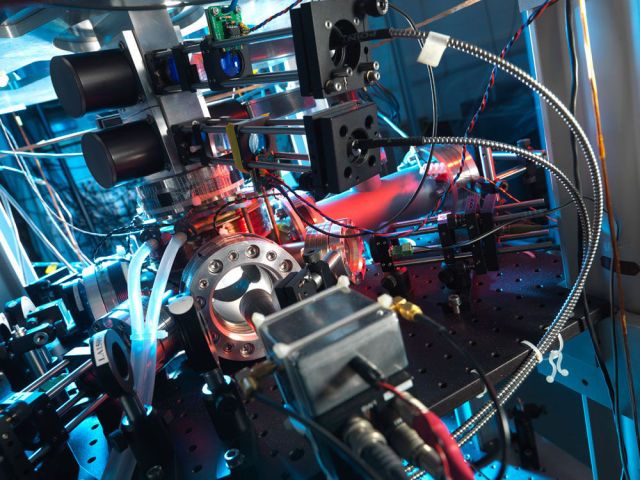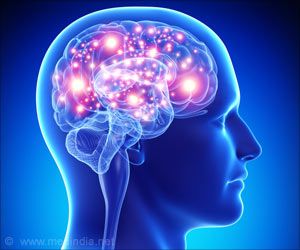Interesting study occurring on subatomic particles (aka neutrinos) in how they can be in superposition, without individual identities, when traveling hundreds of miles.
Now, MIT physicists have found that subatomic particles called neutrinos can be in superposition, without individual identities, when traveling hundreds of miles. Their results, to be published later this month in Physical Review Letters, represent the longest distance over which quantum mechanics has been tested to date.
A subatomic journey across state lines
The team analyzed data on the oscillations of neutrinos—subatomic particles that interact extremely weakly with matter, passing through our bodies by the billions per second without any effect. Neutrinos can oscillate, or change between several distinct “flavors,” as they travel through the universe at close to the speed of light.
